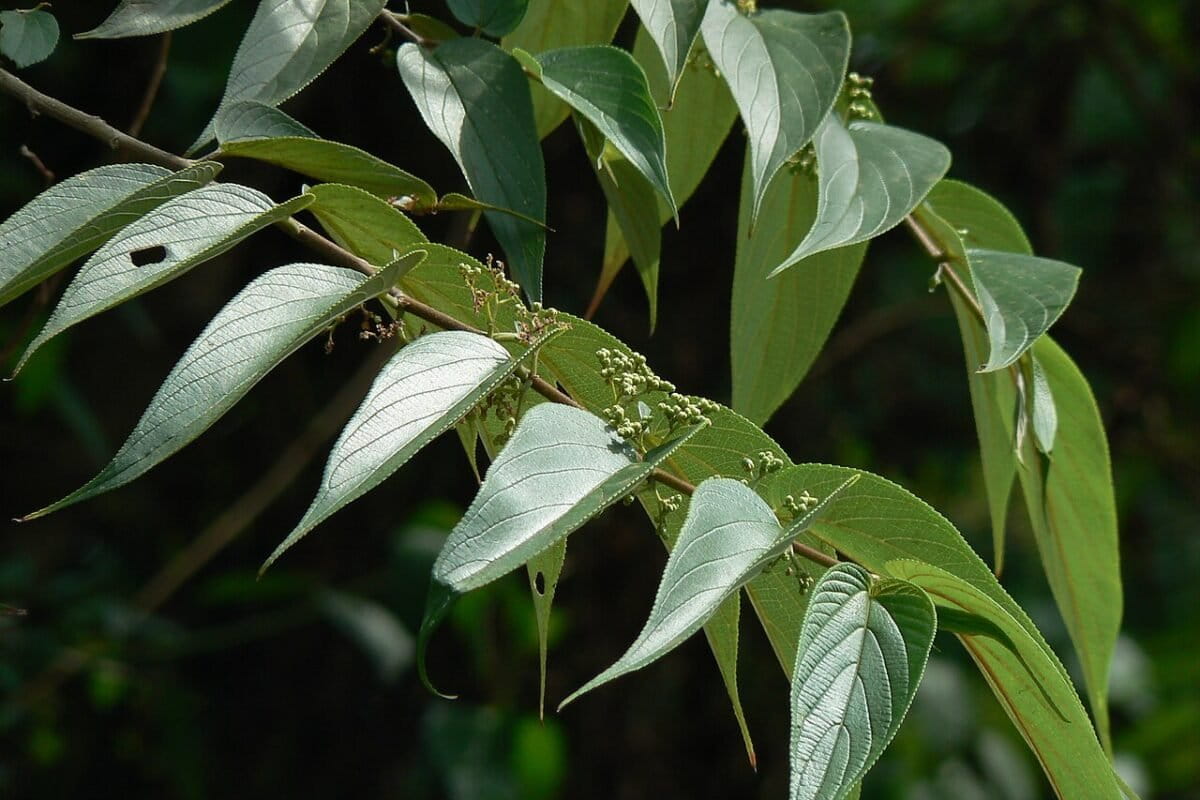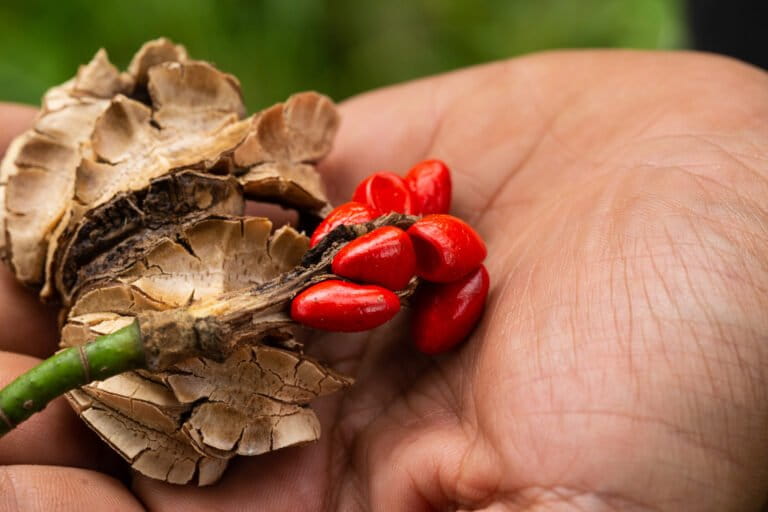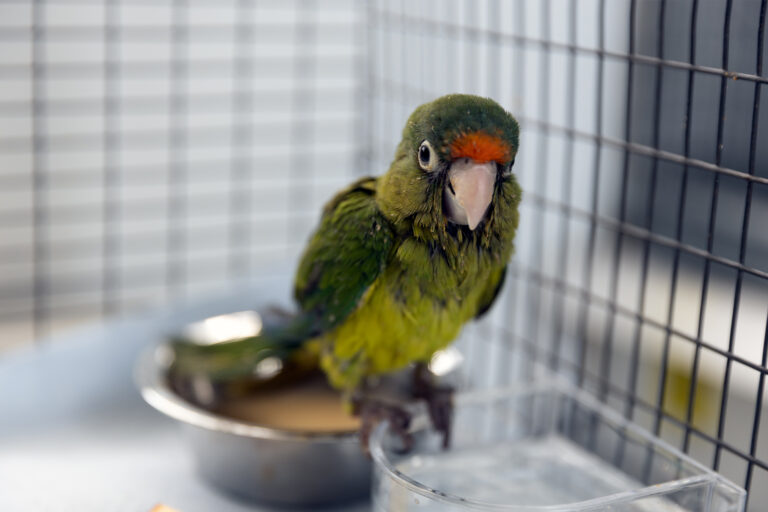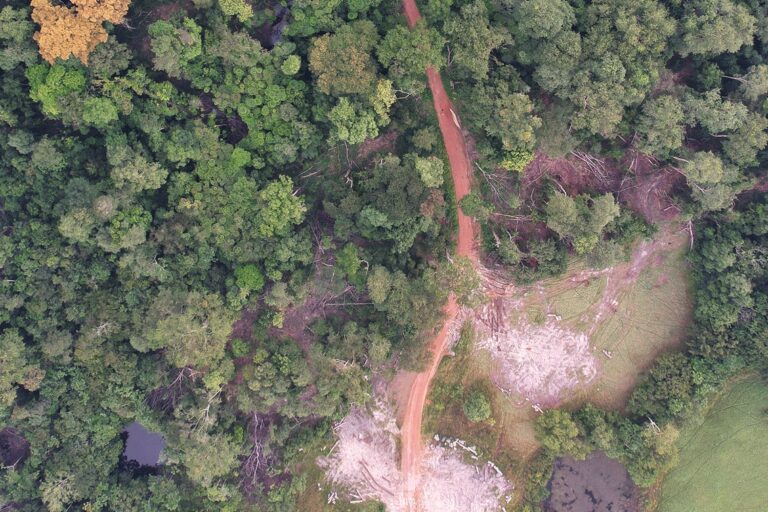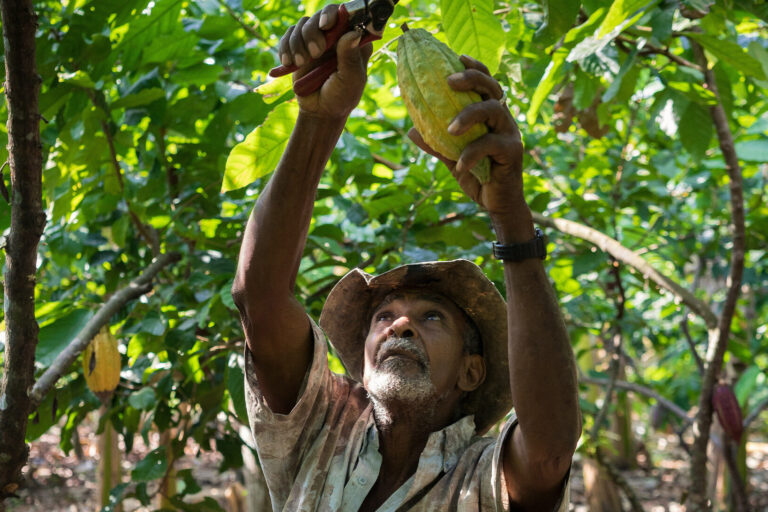- A new species of flowering plant has been described from Sri Lanka’s Peak Wilderness rainforest, part of the Strobilanthes genus of plants that put on spectacular blooming displays periodically.
- Sri Lanka has 33 known Strobilanthes species, 27 of which are found nowhere else on Earth.
- The newly described species, Strobilanthes medahinnensis, was first spotted in 2015 by botanist Nilanthi Rajapakse, who returned to the same spot over the course of the next five years to wait for the plant to finally bloom.
- The genus is understudied, in part because its flowering cycle can take up to 12 years; at the same time, 21 of the Sri Lankan species are threatened with extinction.
NUWARA ELIYA, Sri Lanka — Declared a UNESCO World Heritage Site for its natural significance, the Peak Wilderness rainforest in Sri Lanka’s central highlands is a difficult terrain to explore.
But determined to study the Strobilanthes genus of flowering plants in the country, Nilanthi Rajapakse of the Department of Wildlife Conservation (DWC) scaled the slippery slopes of the cloud forests here in search of more.
During one such journey, in 2015, Rajapakse found a Strobilanthes plant that looked different from other species that she had so far observed. There were about 25 plants in this population growing along a shaded nature trail at a location called Madahinna, but none of them bore flowers — an essential feature when identifying plant species. Some Strobilanthes species are what’s known as “sleeping beauties,” blooming only in long cycles that can run up to 12 years.
So Rajapakse waited for the sleeping beauties to awaken. Over the next several years, she returned to this difficult-to-reach spot to check whether the plants had flowered. After five years, her efforts and patience finally paid off: this special Strobilanthes sleeping beauty came into bloom in June 2020, bearing flowers that were different from those of any known Strobilanthes species.
Rajapakse went to work, carefully comparing the plant’s features with similar known species and also carried out genetic comparisons. The results confirmed the discovery of a new species, which Rajapakse has named Strobilanthes medahinnensis, after the location where she first found it.

Mass blooms
In a recent paper announcing the newly described species, Rajapakse notes that Strobilanthes medahinnensis most closely resembles S. anceps, which is native to Sri Lanka and India, with both bearing white flowers. But S. medahinnensis grows more as a bush and sports some distinctive features on its stems, leaves and flowers, Rajapakse told Mongabay. Genetic analysis also indicates that the two species diverged as far back as 330,000 years ago.
The newly described plant brings the total number of known Strobilanthes species in Sri Lanka to 33, 27 of which are found nowhere else. Researchers in Sri Lanka have conducted extensive studies on the genus, mapping its distribution in 21 administrative districts across the island from January 2012 to September 2020.
Rajapakse said she was attracted to the idea of studying the genus following her graduation from the University of Ruhuna, because it’s one of the least-studied plant groups in Sri Lanka.
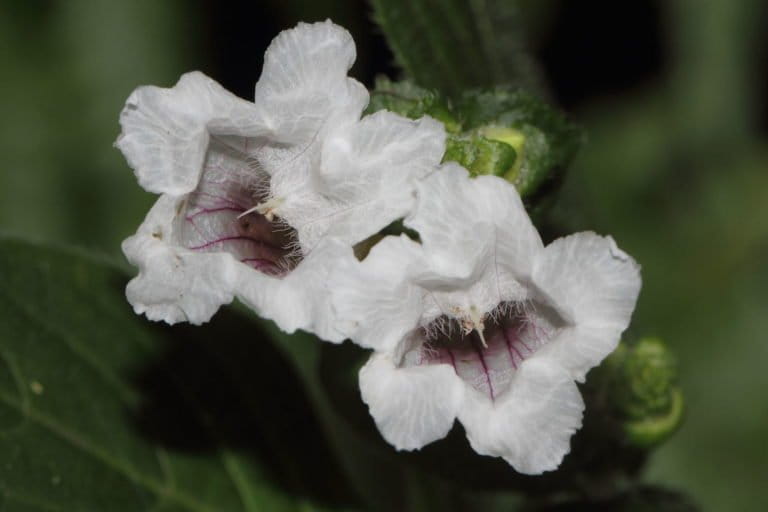
“Most of the Strobilanthes are seasonal with some bearing flowers only once in 12 years. However, I could witness and document most of Sri Lanka’s Strobilanthes, except for three species,” she said.
In 2020, Rajapakse wrote a guide on Strobilanthes species in Sri Lanka, facilitating a much-needed field identification for these plants based on her study. Rajapakse is also the editor of the Department of Wildlife Conservation’s quarterly journal WildLanka, which promotes greater research on wildlife within in the department.
Sri Lanka’s Strobilanthes species are found mostly in moist montane and sub-montane cloud forests. Some are also distributed in the lowland rainforests in central and southwestern Sri Lanka. Known locally as nelu, the plants are popular for their seasonal synchronized flowering, especially in the highland cloud forests, creating scenic displays. But that show of beauty comes at a cost: Strobilanthes is a monocarpic genus, meaning the plants only bloom once, then die after flowering and fruiting.

Understudied genus
Despite the spectacular mass blooms, there’s been very little research into Sri Lanka’s Strobilanthes species. One reason could be the seasonality, which requires researchers to wait for years to see the plant bloom, said Siril Wijesundara, a professor at the National Institute of Fundamental Studies (NIFS) and co-author of the new study.
Wijesundara, who previously headed Sri Lanka’s Botanical Gardens Department, said it’s important to have core researchers of Rajapakse’s caliber among the staff at the Department of Wildlife Conservation, the main regulatory body of the country’s biodiversity. The department traditionally focuses more on the island’s fauna, so it’s good to find researchers focusing on flora to bring about an essential balance between the study of the two, Wijesundara said.
That kind of focus could be crucial, especially for Sri Lanka’s Strobilanthes, of which 21 species are threatened with extinction. The loss and fragmentation of their habitat is the major threat to their survival, while climate change also plays a role.
Special conservation plans should be introduced to conserve such unique plant groups in Sri Lanka, Wijesundara said.
Citations:
Nilanthi, R. M., Samarakoon, H., Jayawardana, N., Wijesundara, S., & Bandaranayake, P. C. (2021). Strobilanthes medahinnensis (Acanthaceae) a new species, based on morphological and molecular data, from the Peak Wilderness Nature Reserve, Sri Lanka. Phytotaxa, 514(1), 26-38. doi:10.11646/phytotaxa.514.1.2
Nilanthi, R. M. (2019). Diversity, distribution pattern of genus Strobilanthes Blume in Sri Lanka and their implications for conservation planning. WildLanka, 7(4), 145-180. doi:10.13140/RG.2.2.32790.98882
Banner image of a Strobilanthes medahinnensis plant that was first spotted in September 2015 in the Peak Wilderness rainforest, courtesy of Nilanthi Rajapakse.





